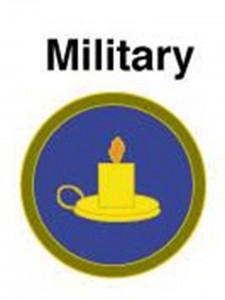
Jesse Eisenberg (Actor), Andrew Garfield (Actor), David Fincher (Director)
Review by Jon Lebkowsky
The David Fincher/Aaron Sorkin film collaboration called “The Social Network” is not about technology, though there are scenes that suggest how code is produced through focused work (which actually looks boring when you’re watching it “IRL” (in real life), without Fincher’s hyperactive perspective – but is so engaging you can lose yourself totally in the process when you’re the one actually producing the code). The film is more about the entrepreneurial spirit, what it takes to have a vision and see it through. The real visionary in the film, Mark Zuckerberg, appears far less intense IRL than Jesse Eisenberg’s interpretation would suggest, but his drive and work ethic are undeniable. It’s not an accident that a guy in his twenties produced a billion-dollar platform; he could have been derailed if he’d lacked the persistence of vision and intent that the film shows so clearly. And, of course, he was kind of a jerk, probably without meaning to be. That kind of focus and drive tends to override comfortable social graces, kind of ironic when you’re building a social platform.



